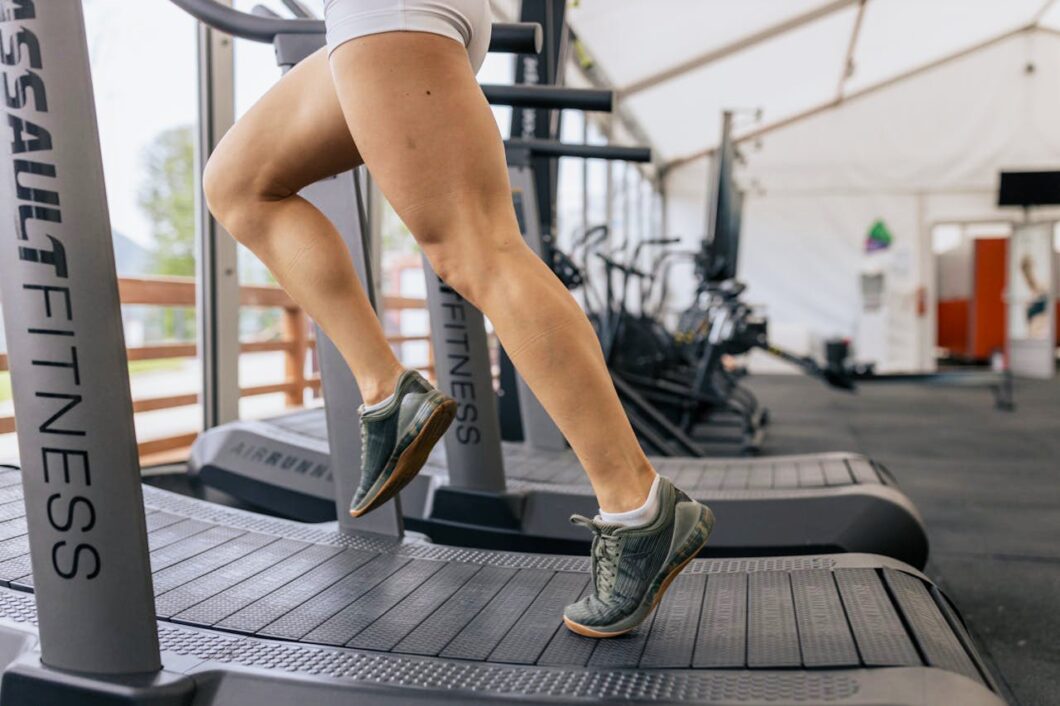Are cravings hijacking your brain? Do you feel stuck in cycles of overeating, procrastination, or compulsive behaviors? You’re not alone—and your dopamine system may be at the core of it. But here’s the good news: you can retrain your brain’s reward system naturally. Groundbreaking research now confirms that high-intensity interval training (HIIT) can help restore dopamine balance by boosting dopamine D2 receptors, a key player in addiction, impulse control, and motivation.
Let’s dive into the science—and what you can start doing today to support your dopamine health.
🧠 The Science: HIIT Increases Dopamine D2 Receptors
A 2023 study published in Frontiers in Public Health examined how HIIT impacts dopamine signaling in the brain. The findings? Rats that engaged in daily HIIT for six weeks showed a 16% increase in dopamine D2 receptor (D2R) binding in the nucleus accumbens shell, a key area of the brain’s reward pathwayfpubh-11-1257629.
Why does this matter? Because low D2 receptor availability is consistently linked to food addiction, substance use, impulsivity, and depression. Boosting D2 receptors could help reduce cravings and increase motivation for recovery and well-being.
🏃♀️ What Is HIIT?
High-Intensity Interval Training involves short bursts of intense activity (e.g., sprinting, cycling, jump squats) followed by brief recovery periods. It’s:
- Efficient (30 minutes can be enough)
- Great for increasing VO₂ max and insulin sensitivity
- Associated with higher adherence and enjoyment compared to moderate exercisefpubh-11-1257629
🔄 How to Resensitize Dopamine D2 Receptors Naturally
In addition to HIIT, research and clinical insights suggest that dopamine system recovery involves both reducing overstimulation and supporting receptor repair. Here’s how:
1. Reduce Dopamine Overload
- Avoid Ultra-Processed Foods: These trigger excessive dopamine spikes and desensitize receptors. Focus on whole, nutrient-dense foods.
- Limit Digital Dopamine Bombs: Cut back on addictive social media, gaming, or scrolling sessions.
2. Support Receptor Recovery
- Dopamine Fasting: Take breaks from hyperstimulating inputs to reset your brain’s baseline.
- Practice Delayed Gratification: Activities like reading, creating, or learning build resilience and receptor strength.
- Mindful Eating: Savor flavors, textures, and smells—making natural foods more rewarding over time.
3. Fuel Your Brain
- Tyrosine-Rich Foods: Eggs, poultry, fish, and fermented foods provide building blocks for dopamine.
- Antioxidants & Omega-3s: Colorful veggies, berries, green tea, and fatty fish protect and nourish dopamine pathways.
- Stay Hydrated: Water is essential for neurotransmitter production.
4. Build a Rewarding Lifestyle
- Engage in Flow Activities: Dancing, painting, music, or hiking—all boost dopamine without depletion.
- Meditate & Connect: Mindfulness and genuine relationships regulate dopamine naturally.
5. Optional Supplements (Talk to Your Doctor)
- L-Tyrosine, Rhodiola Rosea, Probiotics, and Vitamin D/Magnesium/Zinc have all been shown to support dopamine function.
⏳ Be Patient: D2 Receptors Heal Over Time
Healing doesn’t happen overnight. Studies show that dopamine receptor density can improve over weeks to months, especially when lifestyle changes are sustained.
💥 Bottom Line
The science is clear: HIIT enhances dopamine D2 receptor availability, especially in regions tied to motivation and impulse control. Combined with smart nutrition, mindfulness, and reduced overstimulation, it’s possible to rewire your reward system and break free from compulsive loops.
So the next time you lace up for a workout, know this: you’re not just training your body—you’re rebuilding your brain.




